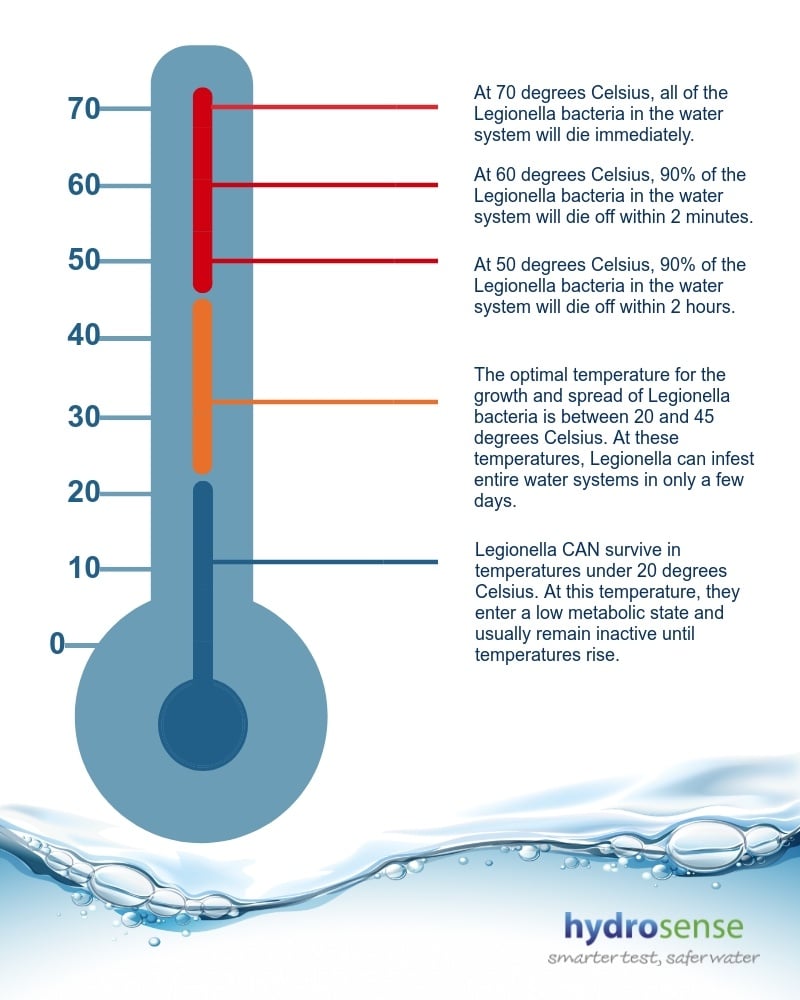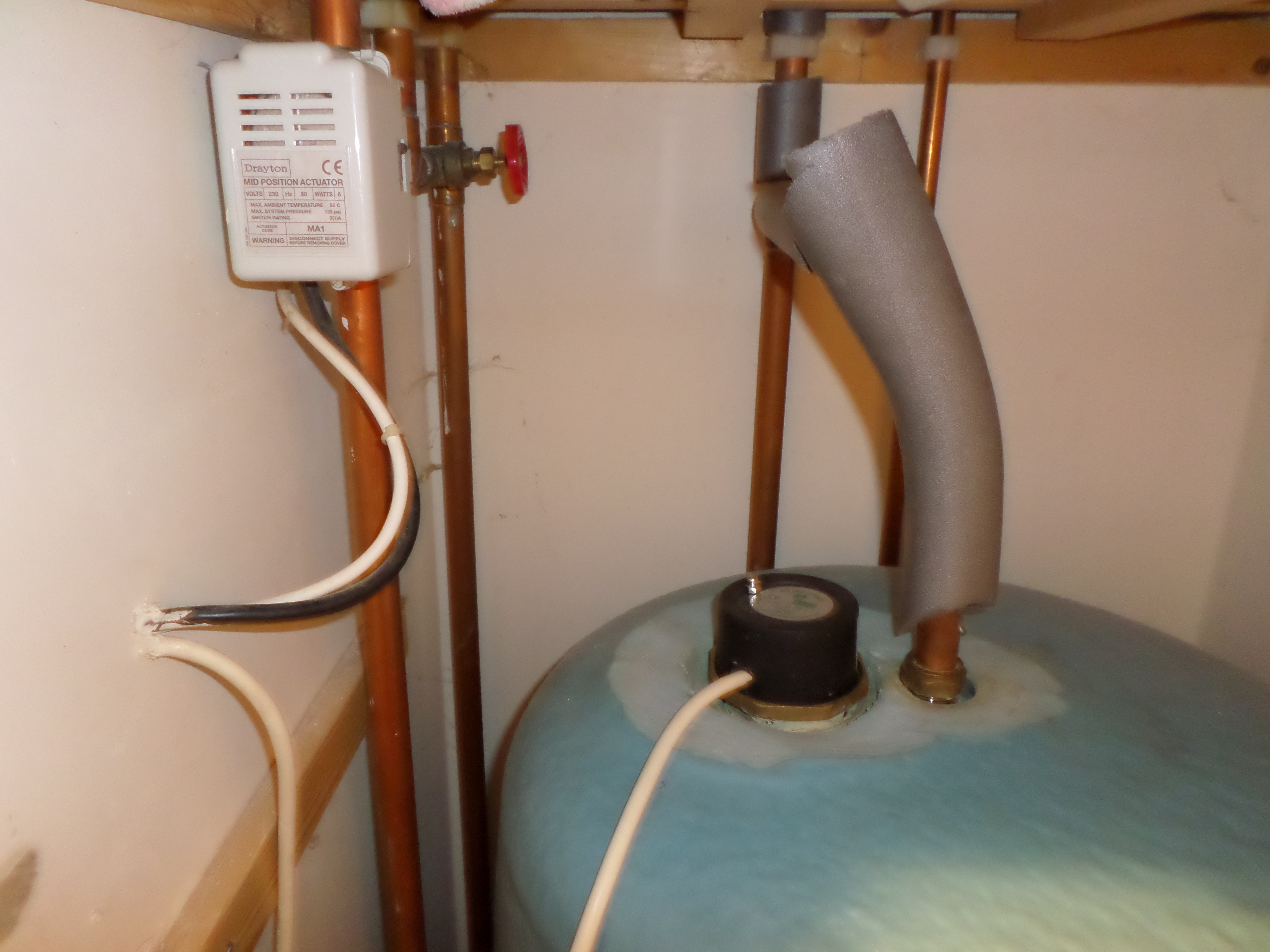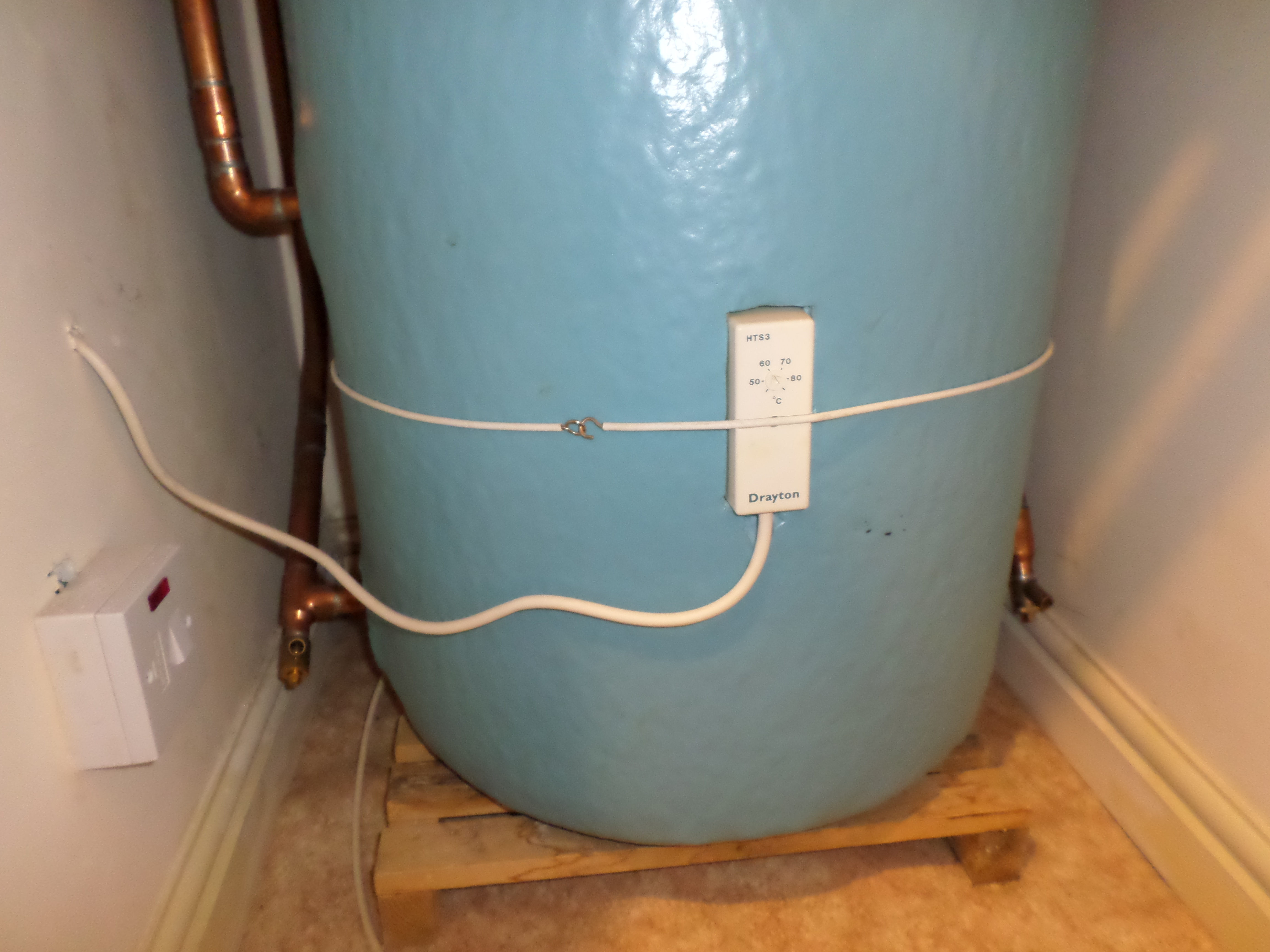We’d like to remind Forumites to please avoid political debate on the Forum.
This is to keep it a safe and useful space for MoneySaving discussions. Threads that are – or become – political in nature may be removed in line with the Forum’s rules. Thank you for your understanding.
📨 Have you signed up to the Forum's new Email Digest yet? Get a selection of trending threads sent straight to your inbox daily, weekly or monthly!
Help with 'what is this' please
Comments
-
FreeBear said:55°C is also hot enough to kill bacteria such as Legionella as long as the temperature is maintained for a few hours.I believe 60ºC or higher is recommended for hot water tanks:As for leaving the immersion heater on for too long, you can have one of these boost timers fitted which lets you set times of 15/30/60 minutes:If my post hasn't helped you, then don't click the 'Thanks' button!
 1
1 -
Although that device does allow some control over electricity usage I would rather spend £30 to £35 on a new fully working immersion heater with a working thermostat than £25 on a device that compensates for an immersion heater with a defective thermostat that might fail totally any time soon.Myser said:FreeBear said:55°C is also hot enough to kill bacteria such as Legionella as long as the temperature is maintained for a few hours.I believe 60ºC or higher is recommended for hot water tanks:As for leaving the immersion heater on for too long, you can have one of these boost timers fitted which lets you set times of 15/30/60 minutes:
On reflection, perhaps, with electricity being expensive at north of 16 p/kWh and only likely to rise, a new immersion heater and your clever device is the right solution for some people.
You could possibly recoup that £25 within a year or two if you use the electric immersion heater regularly although, if you are like us and I suspect like the OP, only have one for emergency use for if and when the gas boiler fails it probably isn't worth it.
PS: 16 p/kWh is 16 x 3 = 48 pence for every hour a 3kw immersion heater is heating water. Just half an hour per day costs £87.6 per annum. Gas is about 25% that cost.A man walked into a car showroom.
He said to the salesman, “My wife would like to talk to you about the Volkswagen Golf in the showroom window.”
Salesman said, “We haven't got a Volkswagen Golf in the showroom window.”
The man replied, “You have now mate".1 -
Myser said:FreeBear said:55°C is also hot enough to kill bacteria such as Legionella as long as the temperature is maintained for a few hours.I believe 60ºC or higher is recommended for hot water tanks:At 60°C, Legionella is killed within minutes, and the HSE guidance only says hot water should be stored at that temperature. However, even at a lower temperature, the bacteria can not survive very long. A handy graph to demonstrate -

Any language construct that forces such insanity in this case should be abandoned without regrets. –
Erik Aronesty, 2014
Treasure the moments that you have. Savour them for as long as you can for they will never come back again.1 -
Belenus said:Although that device does allow some control over electricity usage I would rather spend £30 to £35 on a new fully working immersion heater with a working thermostat than £25 on a device that compensates for an immersion heater with a defective thermostat that might fail totally any time soon.I wasn't suggesting it to compensate for a faulty immersion. @twopenny can use it with their new immersion heater to prevent leaving it switched on for longer than is needed
 Even a few times would probably recoup the cost.
Even a few times would probably recoup the cost.
If my post hasn't helped you, then don't click the 'Thanks' button! 0
0 -
FreeBear said:Myser said:FreeBear said:55°C is also hot enough to kill bacteria such as Legionella as long as the temperature is maintained for a few hours.I believe 60ºC or higher is recommended for hot water tanks:At 60°C, Legionella is killed within minutes, and the HSE guidance only says hot water should be stored at that temperature.The HSE advice mentions calorifiers. Hot water tanks used in domestic situations fall under that category. Most boilers are set to a flow temperature of 60°C or above anyway.General advice relating to Legionella for hot water storage tank temperature is 60°C or above.You could go into the semantics of should, must etc. but most large organisations adhere to the 60°C as a minimum.If the high temperature is a permanent problem at taps, Thermostatic Mixing Valves should be installed. Particularly if there are persons vulnerable to scalding.
If my post hasn't helped you, then don't click the 'Thanks' button! 1
1 -
Argh - I misread one of your earlier posts, 2'penny. The 'scalding' malarkey occurs when the electric immersion heater is used, and not the boiler? In which case, forget the tests I suggested
 Does the immersion heater have a visible 'stat on its top - could you post a photo? If so, see if that thing 'clicks' as you turn it up and down, and whether this corresponds with what you believe the actual water temp near the top of the cylinder (ie the water being delivered by the hot tap) actually is.If the immersion 'stat is set at, say, 60oC, and if it's working as it should, then the water should not become 'scalding' however long it's kept on for. The 'stat should bring it up to 60oC, and then keep it there, going off for long periods, and only coming back on again whenever a reasonable amount of hot water is drawn off, or when the tank has naturally lost some heat over a few hours.It's clear the immersion element is working fine - or else it wouldn't heat up - so it'll only be the 'stat part that's faulty, and that is a 15 minute job for a sparky. Or happy DIYer.To get rid of that buzzing noise, tho', will really require the replacement of the valve head. But I wouldn't worry about it bursting into flames - it's just a loose part or a stripped gear tooth.
Does the immersion heater have a visible 'stat on its top - could you post a photo? If so, see if that thing 'clicks' as you turn it up and down, and whether this corresponds with what you believe the actual water temp near the top of the cylinder (ie the water being delivered by the hot tap) actually is.If the immersion 'stat is set at, say, 60oC, and if it's working as it should, then the water should not become 'scalding' however long it's kept on for. The 'stat should bring it up to 60oC, and then keep it there, going off for long periods, and only coming back on again whenever a reasonable amount of hot water is drawn off, or when the tank has naturally lost some heat over a few hours.It's clear the immersion element is working fine - or else it wouldn't heat up - so it'll only be the 'stat part that's faulty, and that is a 15 minute job for a sparky. Or happy DIYer.To get rid of that buzzing noise, tho', will really require the replacement of the valve head. But I wouldn't worry about it bursting into flames - it's just a loose part or a stripped gear tooth.
1 -
I don't think this graph is very clear at all, at least in the absence of a caption.FreeBear said:Myser said:FreeBear said:55°C is also hot enough to kill bacteria such as Legionella as long as the temperature is maintained for a few hours.I believe 60ºC or higher is recommended for hot water tanks:At 60°C, Legionella is killed within minutes, and the HSE guidance only says hot water should be stored at that temperature. However, even at a lower temperature, the bacteria can not survive very long. A handy graph to demonstrate -
Presumably the coloured bands give an indication of Legionella's survival / growth at different temperatures, e.g. between ~48 and 50 degrees it survives, with no growth, independent of time (so more clearly given as a list perhaps than on a plot with a time axis).
And then I'm guessing the line plots show the cooling rate of water for different starting temperatures given a 25 degree environment? If anything it appears to suggest that heating water to 60 degrees and then allowing to cool might not kill Legionella, as temperature appears to fall into the danger zone within ~ 5 minutes and Legionella death takes minutes-hours. But of course the cooling rate depends on storage conditions, and those given here are surely not correct for an insulated tank? In which case it seems to just add confusion rather than anything useful.
In addition, it doesn't speak at all to the contention that even at lower temperatures the bacteria cannot survive very long - "hours" is too vague. Not to say your point is wrong, but something like this seems a bit clearer:
My main worry at setting the thermostat below 60 would be how well calibrated the thermostat is. Would only have to be off by 10% for 55 degrees to start being a worry.1 -
When I moved in legionella was a worry. After 15yrs of the water seldom being run I moved in with bottled water, no heat, tv, phone or internet and I was concerned about the heatwave/freezing on what the water tank was like. After 3yrs, flushed radiators and a new cylinder it should be fine
 My Grandfather told me not to drink from the hot tap.Now I have a rule, do not fiddle with what is working before public holidays. It's bound to go wrong and you won't find anyone to help or it will cost you a fortune. And the coming one is the doosie of all public holidays.I now have a mass of useful informaton on the subject and that makes me feel very secure.For any further comments here is a photo or two of the system as it stands. It's as it was built 20yrs ago and a few with the original installation are the same.
My Grandfather told me not to drink from the hot tap.Now I have a rule, do not fiddle with what is working before public holidays. It's bound to go wrong and you won't find anyone to help or it will cost you a fortune. And the coming one is the doosie of all public holidays.I now have a mass of useful informaton on the subject and that makes me feel very secure.For any further comments here is a photo or two of the system as it stands. It's as it was built 20yrs ago and a few with the original installation are the same.
 Ignore the switch at the bottom. It's the remnants of a ghastly disabled shower that was put in Heath Robinson style. A whole other problem I'm dealing with.
Ignore the switch at the bottom. It's the remnants of a ghastly disabled shower that was put in Heath Robinson style. A whole other problem I'm dealing with.I can rise and shine - just not at the same time!
viral kindness .....kindness is contageous pass it on
The only normal people you know are the ones you don’t know very well
1 -
That all looks fine, 2'p.Totally understand if you don't want to investigate further, and there's no real need to at the moment as the immersion temp can be controlled by you monitoring the time it's on, and the 'buzz' can just keep on buzzing until, well, it properly breaks
 Where the cables from the valve and other bits go through the wall, what's on the other side?1
Where the cables from the valve and other bits go through the wall, what's on the other side?1 -
The other side is the hall. It's stud wall? Plasterboard on battons.
Without checking I'm guessing the wires go up the void to the loft as the floor is concrete.I can rise and shine - just not at the same time!
viral kindness .....kindness is contageous pass it on
The only normal people you know are the ones you don’t know very well
1
Confirm your email address to Create Threads and Reply

Categories
- All Categories
- 352.1K Banking & Borrowing
- 253.6K Reduce Debt & Boost Income
- 454.2K Spending & Discounts
- 245.1K Work, Benefits & Business
- 600.7K Mortgages, Homes & Bills
- 177.5K Life & Family
- 258.9K Travel & Transport
- 1.5M Hobbies & Leisure
- 16.1K Discuss & Feedback
- 37.6K Read-Only Boards




